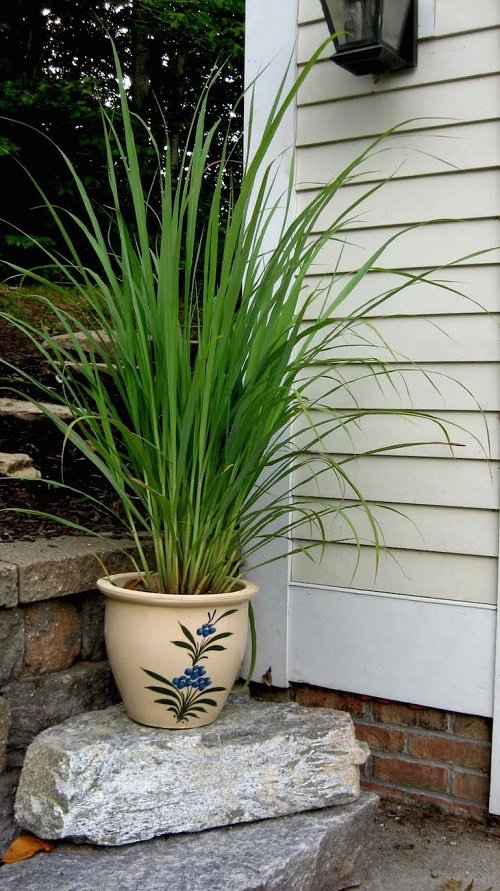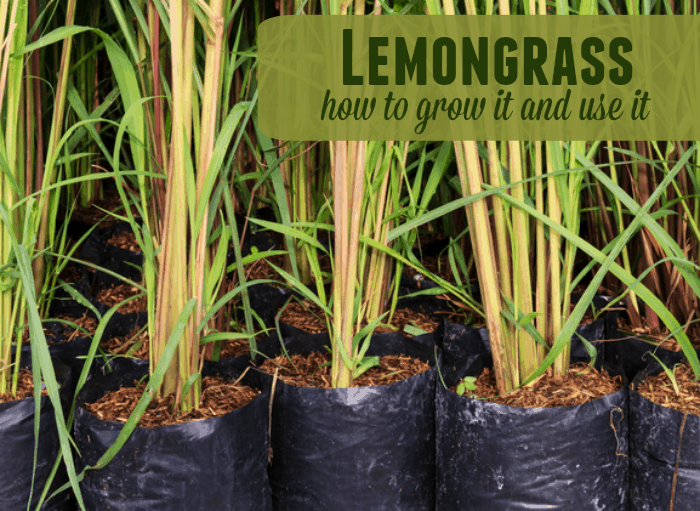How to Grow Lemongrass in Small Spaces: Easy Guide

Imagine transforming your tiny urban garden or balcony into a lush oasis, filled with the invigorating scent of lemongrass. Whether you're a seasoned gardener or a novice, growing lemongrass in small spaces is not only possible but also incredibly rewarding. This versatile plant thrives in containers, making it perfect for urban lemongrass enthusiasts. Let's dive into a step-by-step guide on how to grow lemongrass in small spaces, ensuring you reap the benefits of this fragrant herb without needing a sprawling garden.
Why Grow Lemongrass in Small Spaces?
Lemongrass is a tropical plant known for its citrusy aroma and culinary uses. It's a staple in many Asian cuisines, adding a zesty flavor to soups, teas, and curries. Beyond its culinary appeal, lemongrass is also valued for its medicinal properties, including its ability to aid digestion and reduce stress. Growing lemongrass in a small garden or container allows you to enjoy these benefits right at your fingertips.
Getting Started: Choosing the Right Container
When it comes to container lemongrass, selecting the right pot is crucial. Opt for a container that is at least 12 inches deep and wide. This ensures ample space for the plant's roots to grow. Terracotta pots are a popular choice due to their durability and ability to regulate moisture. However, plastic or ceramic pots can also work well.
Preparing the Soil: The Foundation for Success
The soil you use for your lemongrass planting can make or break your gardening endeavor. Lemongrass thrives in well-draining soil with a pH between 6.5 and 7.0. A mix of potting soil and compost is ideal. This combination provides the necessary nutrients while ensuring good drainage.
Planting Lemongrass: Step-by-Step Guide
Step 1: Selecting Your Lemongrass
You can start with lemongrass seeds or stalks. Stalks are easier to propagate and grow faster. Look for healthy, green stalks with a strong citrus scent.
Step 2: Preparing the Container
Fill your container with the prepared soil mix, leaving enough space for the lemongrass stalks. Ensure the container has drainage holes to prevent waterlogging.
Step 3: Planting the Lemongrass
Place the lemongrass stalks in the soil, ensuring the base of the stalks is covered. Water the soil thoroughly but avoid overwatering. The soil should be moist but not soggy.
Caring for Your Lemongrass Plant
Watering
Lemongrass requires consistent watering, especially during the growing season. Water your plant when the top inch of soil feels dry. Avoid letting the soil dry out completely, as this can stunt the plant's growth.
Light Requirements
Lemongrass loves the sun. Place your container in a spot where it can receive at least 6-8 hours of sunlight daily. A south-facing window or balcony is ideal.
Fertilizing
To keep your lemongrass healthy and robust, fertilize it every 4-6 weeks with a balanced, water-soluble fertilizer. This provides the plant with the nutrients it needs to thrive.
Pruning
Regular pruning helps maintain the plant's shape and encourages new growth. Remove any dead or yellowing leaves to keep the plant looking its best.
Harvesting Lemongrass: Reaping the Rewards
Lemongrass harvesting is straightforward. Once the stalks reach about 12 inches in height, you can start harvesting. Cut the stalks at the base, leaving the roots intact. This allows the plant to regrow.
Troubleshooting Common Issues
Pests and Diseases
Lemongrass is relatively pest-resistant, but it can be susceptible to spider mites and mealybugs. Regularly inspect your plant for signs of pests and treat with insecticidal soap if necessary.
Overwatering
Overwatering can lead to root rot, which can be fatal for your lemongrass. Ensure your container has adequate drainage and avoid watering the plant too frequently.
Conclusion: Embrace the Urban Lemongrass Experience
Growing lemongrass in small spaces is a rewarding experience that brings the freshness of nature right to your doorstep. With the right container, soil, and care, you can enjoy the fragrant and flavorful benefits of lemongrass even in the smallest of gardens. So, why wait? Start your urban lemongrass journey today and transform your space into a thriving oasis.
FAQs
1. How often should I water my container lemongrass?
Water your lemongrass when the top inch of soil feels dry. This usually means watering every 2-3 days during the growing season.
2. Can lemongrass survive indoors?
Yes, lemongrass can thrive indoors as long as it receives plenty of sunlight. Place it near a south-facing window for best results.
3. How do I propagate lemongrass?
Lemongrass can be propagated by dividing the root clumps or by planting stalks directly into the soil.
4. What are the best uses for harvested lemongrass?
Harvested lemongrass can be used in various dishes, including soups, teas, and curries. It also makes a refreshing addition to cocktails and smoothies.
5. How can I prevent pests from attacking my lemongrass?
Regularly inspect your lemongrass for signs of pests and treat with insecticidal soap if necessary. Keeping the plant healthy and well-maintained also helps deter pests.


0 Response to "How to Grow Lemongrass in Small Spaces: Easy Guide"
Post a Comment